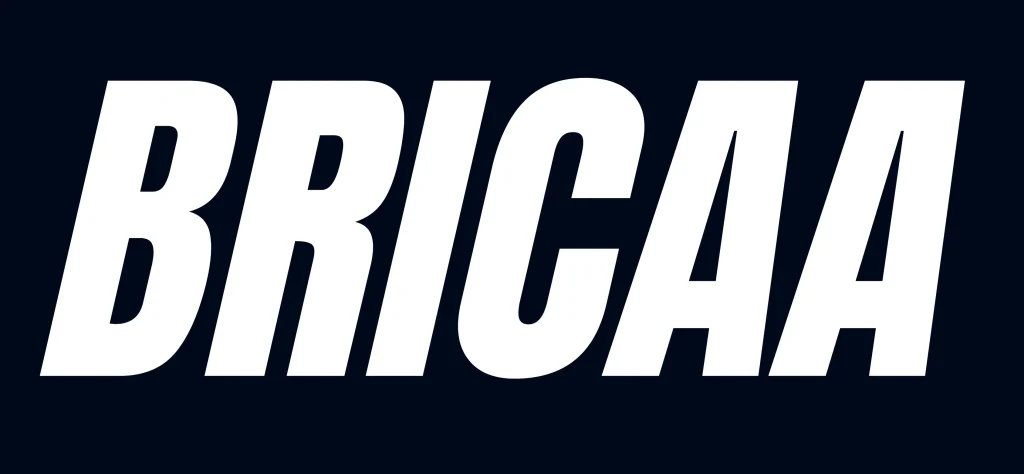Are you looking to improve your digital marketing strategy? Do you want to increase your conversion rate and drive more sales? If so, then you need to learn how to design a funnel in digital marketing.
A funnel is a marketing concept that describes the journey a potential customer takes from awareness to purchase. By designing a funnel, you can guide your audience through each stage of the buying process and increase the likelihood of a sale. In this article, we will discuss the key steps to designing a successful funnel for your digital marketing campaign.
Table of Contents
ToggleWhat is a Funnel?
Before diving into the specifics of how to design a funnel in digital marketing, let’s first define what a funnel is. A funnel is a visual representation of the journey a customer takes from initial awareness of your product or service to making a purchase.
A funnel is typically broken down into several stages, each with its own unique objective. These stages include:
- Awareness: This is the first stage of the funnel where potential customers become aware of your product or service.
- Interest: In this stage, potential customers begin to express interest in your product or service.
- Consideration: At this stage, potential customers are considering your product or service and comparing it to others on the market.
- Intent: Here, potential customers have made the decision to purchase your product or service.
- Evaluation: In this final stage, potential customers evaluate their decision and decide whether or not to make a purchase.
Steps to Designing a Funnel in Digital Marketing
Now that we’ve covered the basics of what a funnel is, let’s dive into the specific steps you need to take to design a successful funnel for your digital marketing campaign.
Step 1: Define Your Target Audience
Before you start designing your funnel, you need to define your target audience. Who are the people you want to reach with your marketing message? What are their interests, pain points, and needs?
By defining your target audience, you can create a more personalized and effective marketing message that speaks directly to their needs. This will help you attract the right people to your funnel and guide them through each stage of the buying process.
Step 2: Create a Lead Magnet
A lead magnet is an incentive you offer to potential customers in exchange for their contact information. This could be a free e-book, webinar, or video tutorial.
By creating a lead magnet, you can capture the contact information of potential customers and start building a relationship with them. This will help you move them through the funnel and eventually make a purchase.
Step 3: Develop a Landing Page
A landing page is a web page that is designed to capture leads and guide them through the funnel. It should be simple, focused, and persuasive.
Your landing page should have a clear headline that speaks directly to your target audience, a strong value proposition, and a clear call to action. It should also be optimized for search engines and mobile devices.
Step 4: Create an Email Sequence
Once you’ve captured the contact information of potential customers, it’s time to start building a relationship with them through email.
Your email sequence should be personalized, informative, and engaging. It should provide value to your subscribers and guide them through each stage of the funnel.
Step 5: Drive Traffic to Your Funnel
Now that you’ve created your funnel, it’s time to start driving traffic to it. There are several ways to do this, including:
- Search engine optimization (SEO)
- Pay-per-click (PPC)
- Social media marketing
- Content marketing
You should choose the channels that are most effective for your target audience and budget. By driving traffic to your funnel, you can start guiding potential customers through each stage of the buying process and increase your chances of making a sale.
Step 6: Monitor and Optimize Your Funnel
Once you’ve launched your funnel, it’s important to monitor its performance and optimize it for better results.
You should track key metrics such as traffic, conversions, and sales. This will help you identify areas where your funnel is performing well and areas where it needs improvement.
You can then make adjustments to your funnel to improve its performance. This could include changing your messaging, optimizing your landing page, or tweaking your email sequence.
How to Design a Funnel in Digital Marketing
Now that we’ve covered the key steps to designing a funnel in digital marketing, let’s take a closer look at how to design a funnel that converts.
Step 1: Identify Your Unique Selling Proposition
Your unique selling proposition (USP) is what sets your product or service apart from the competition. It’s what makes your offering unique and valuable to your target audience.
To design a successful funnel, you need to identify your USP and communicate it clearly throughout your funnel. This will help you attract the right people to your funnel and guide them through each stage of the buying process.
Step 2: Create Compelling Messaging
Your messaging is a crucial part of your funnel. It’s what persuades potential customers to take action and move through each stage of the buying process.
To create compelling messaging, you need to speak directly to your target audience’s needs and pain points. You should also highlight the benefits of your product or service and provide social proof to build trust.
Step 3: Use Clear Calls to Action
Your calls to action (CTAs) are what guide potential customers through each stage of the funnel. They tell potential customers what to do next and help move them closer to making a purchase.
To design a successful funnel, you need to use clear and persuasive CTAs throughout your funnel. Your CTAs should be action-oriented, benefit-driven, and visually appealing.
Step 4: Test and Iterate
To design a funnel that converts, you need to test and iterate your funnel regularly. This means testing different elements of your funnel, such as your messaging, CTAs, and landing page design.
By testing and iterating your funnel, you can identify areas where your funnel is underperforming and make changes to improve its performance. This will help you maximize your conversion rate and drive more sales.
What is the most important stage of the funnel?
Every stage of the funnel is important, but the most crucial stage is the consideration stage. This is where potential customers are comparing your product or service to others on the market and making a decision.
How do I know if my funnel is working?
You can track key metrics such as traffic, conversions, and sales to determine if your funnel is working. You should also test and iterate your funnel regularly to optimize its performance.
What is a good conversion rate for a funnel?
A good conversion rate for a funnel depends on several factors, including your industry, target audience, and the complexity of your product or service. A conversion rate of 2-3% is considered average, but some funnels can have conversion rates as high as 10-20%.
What is the best way to attract traffic to my funnel?
The best way to attract traffic to your funnel is to use a combination of channels, such as social media marketing, content marketing, and paid advertising. You should also focus on creating valuable and engaging content that resonates with your target audience.
How long should my funnel be?
The length of your funnel depends on your product or service and your target audience’s needs. A typical funnel might have 3-5 stages, but some funnels can be longer or shorter depending on the complexity of the product or service being offered.
Can I design a funnel without using paid advertising?
Yes, you can design a funnel without using paid advertising, but it may take longer to attract traffic to your funnel. You can use a combination of organic traffic channels, such as social media marketing and content marketing, to attract traffic to your funnel.
Conclusion
Designing a funnel in digital marketing is a crucial part of driving sales and growing your business. By following the key steps outlined in this article, you can create a funnel that attracts the right people to your business and guides them through each stage of the buying process.
Remember to identify your unique selling proposition, create compelling messaging, use clear calls to action, and test and iterate your funnel regularly. By doing so, you can maximize your conversion rate and drive more sales.
If you have any questions or need help designing your funnel, feel free to reach out to a digital marketing expert.


